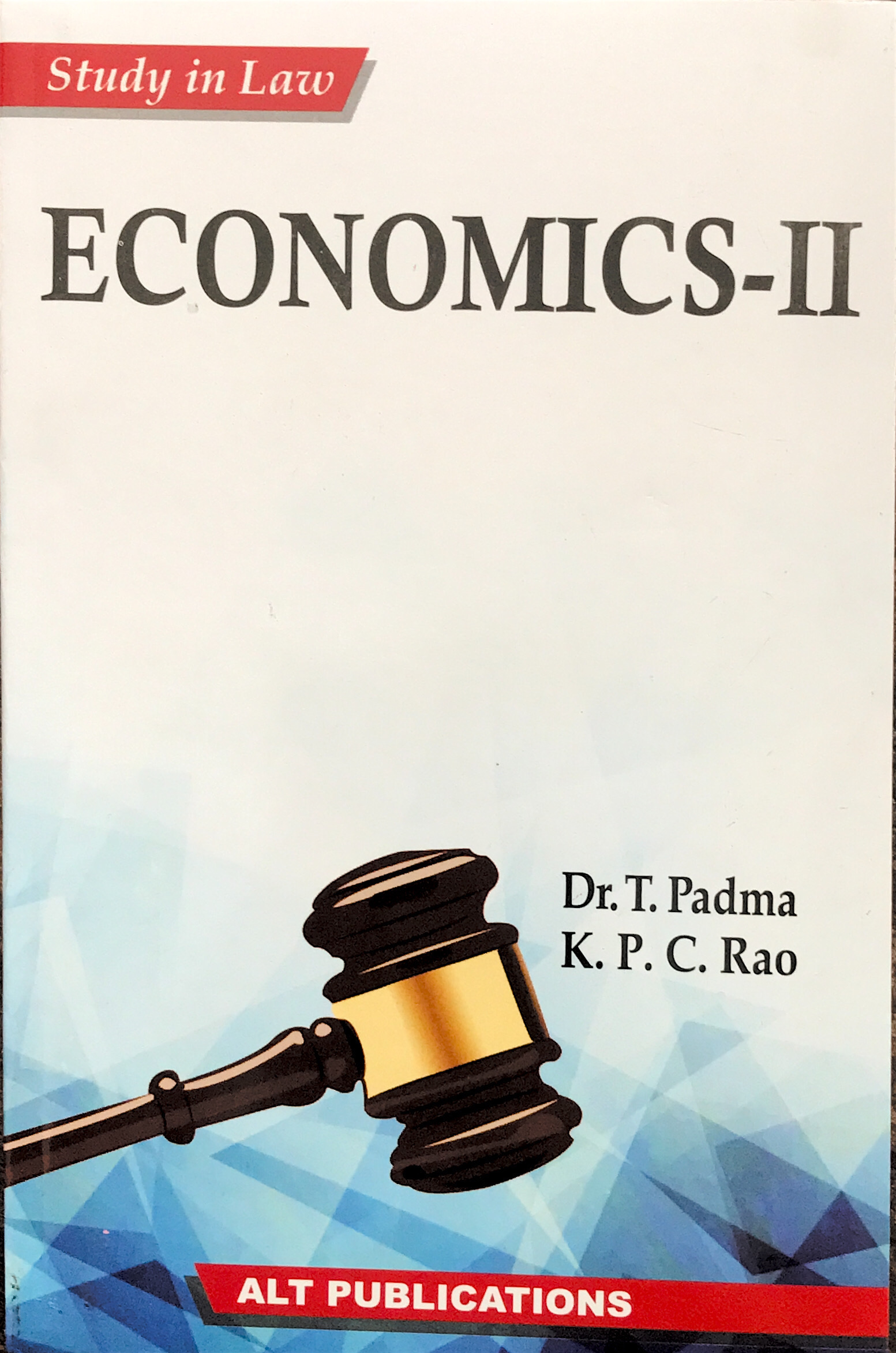India is an emerging economic power with a very large pool of human and natural resources, and a growing large pool of skilled professionals. The introduction of reforms in 1991 resulted in sweeping changes in the Indian Economy. The reforms process consisted of three processes, liberalization, privatization and globalization (LPG model). Under liberalization markets were deregulated, under privatization private participation was encouraged and many a public sector undertaking (PSU) were privatized and under globalization restrictions on foreign investments were removed. The Indian economy moved away from its isolation, to be integrated with the global economy and to competitively utilize its advantages to make rapid strides in terms of growth.
The World Bank has projected an 8 per cent growth for India in 2010, which will make it the fastest-growing economy for the first time, overtaking China’s expected 7.7 per cent growth.
In India today 60% of the population is dependent directly and indirectly on ‘agriculture’ and agriculture contributes 17% of GDP. The ‘Industrial sector’ has witnessed massive restructuring by the way of mergers and acquisitions, process reengineering, foreign joint ventures, technological up gradation. Certain sectors like cement, steel, aluminium, pharmaceuticals, and automobiles have been witnessing unprecedented growth. The ‘service sector’ has been one of the major beneficiaries of the economic boom. The outsourcing industry comprising of IT and ITES became the new poster boy of the Indian economy. The huge pool of engineering talent was absorbed by the IT industry, while graduates could carve out a career in the ITES industry. The purchasing power of the booming middle class was enhanced, who went on a consumption spree, which in turn allowed the retail sector to flourish. The booming economy also created a wave of real estate boom across the country. The rapid growth of the Indian economy is likely to make India the fifth largest consumer market in the world by 2025. Today, the economy of India is the eleventh largest economy in the world by nominal GDP and the fourth largest by purchasing power parity (PPP).
A major recent development has of course been the global financial crisis. Most of the major developed countries have gone into recession, which started with sub-prime crisis in USA leading to a financial meltdown and has by now spread throughout the global economy. Indian Economy too has significant linkages with the rest of the world and with the USA and European Union in particular. Thus demand in the economy has slackened, especially in the exports of commodities and services, software and BOP sector. Realty and other sectors of the economy have also been effected. Efforts made by governments of the recession hit developed countries have now started showing some impact. On domestic front large sized Union Budget on the one hand and expansionary monetary policy of RBI are both bearing good results and have caused a turn around and foreign exchange reserves have again started increasing and rupee has started appreciating once again. Impact of increased inflow of foreign exchange is also seen on our stock market.
In this book we have covered the topics like Trends of the Indian Economy, Planning Process, Agriculture, Industry, Trade and Foreign Investments. This book provides a short cut to the students of the 5 year law degree course to enable them to get a broad understanding of the topics that would be covered under the revised syllabus with effect from the academic year 2009-2010.
We owe our gratitude to Mr. D. Durga Prasad, LL.B, FCS, for his personal attention, inputs and technical support. Our thanks are also due to Mr. M. Venkateswarlu for his wholehearted and efficient secretarial support in bringing out this Book.
